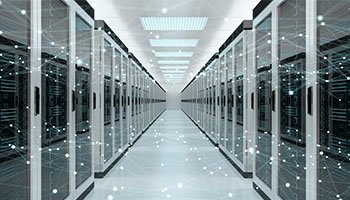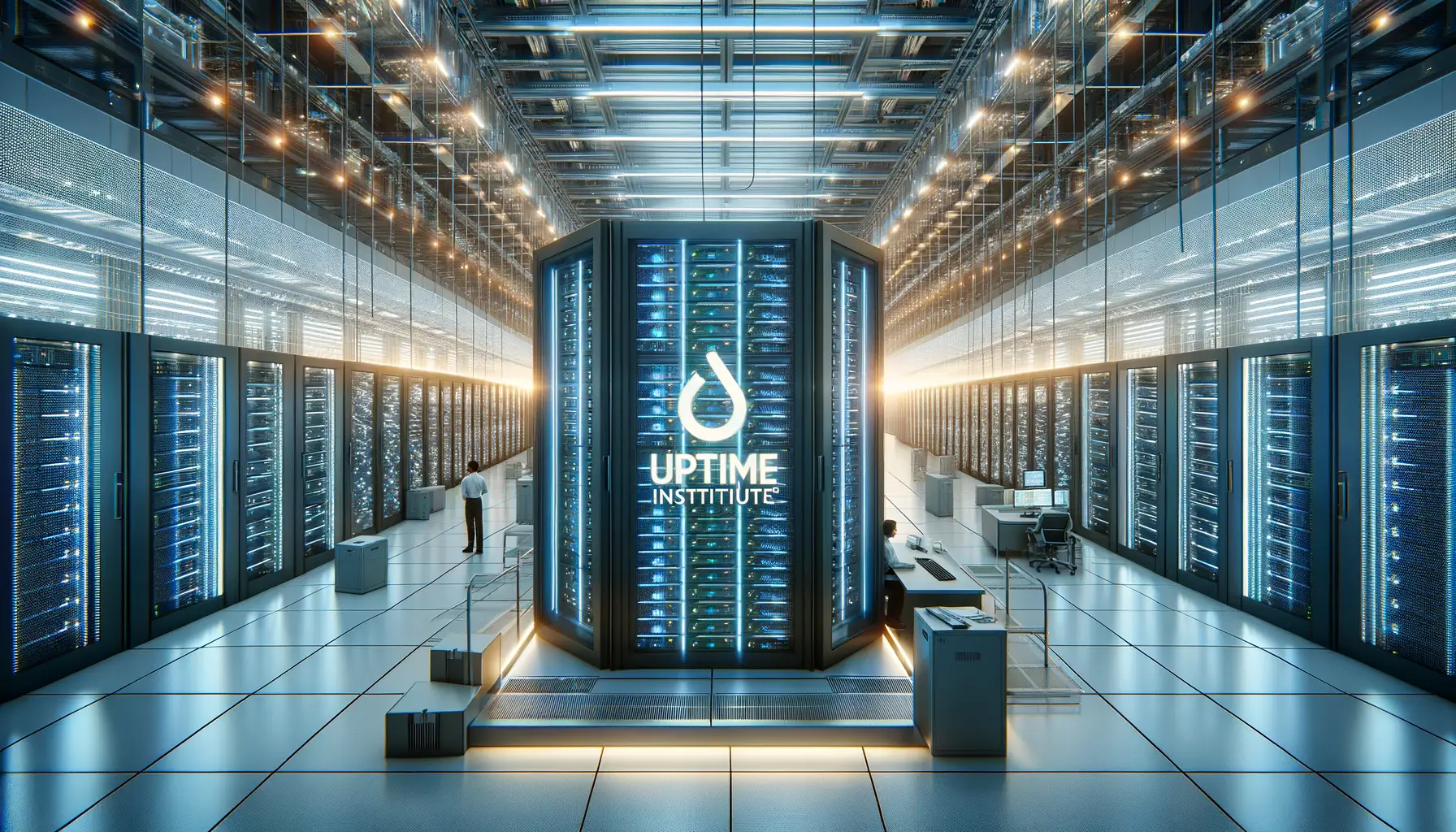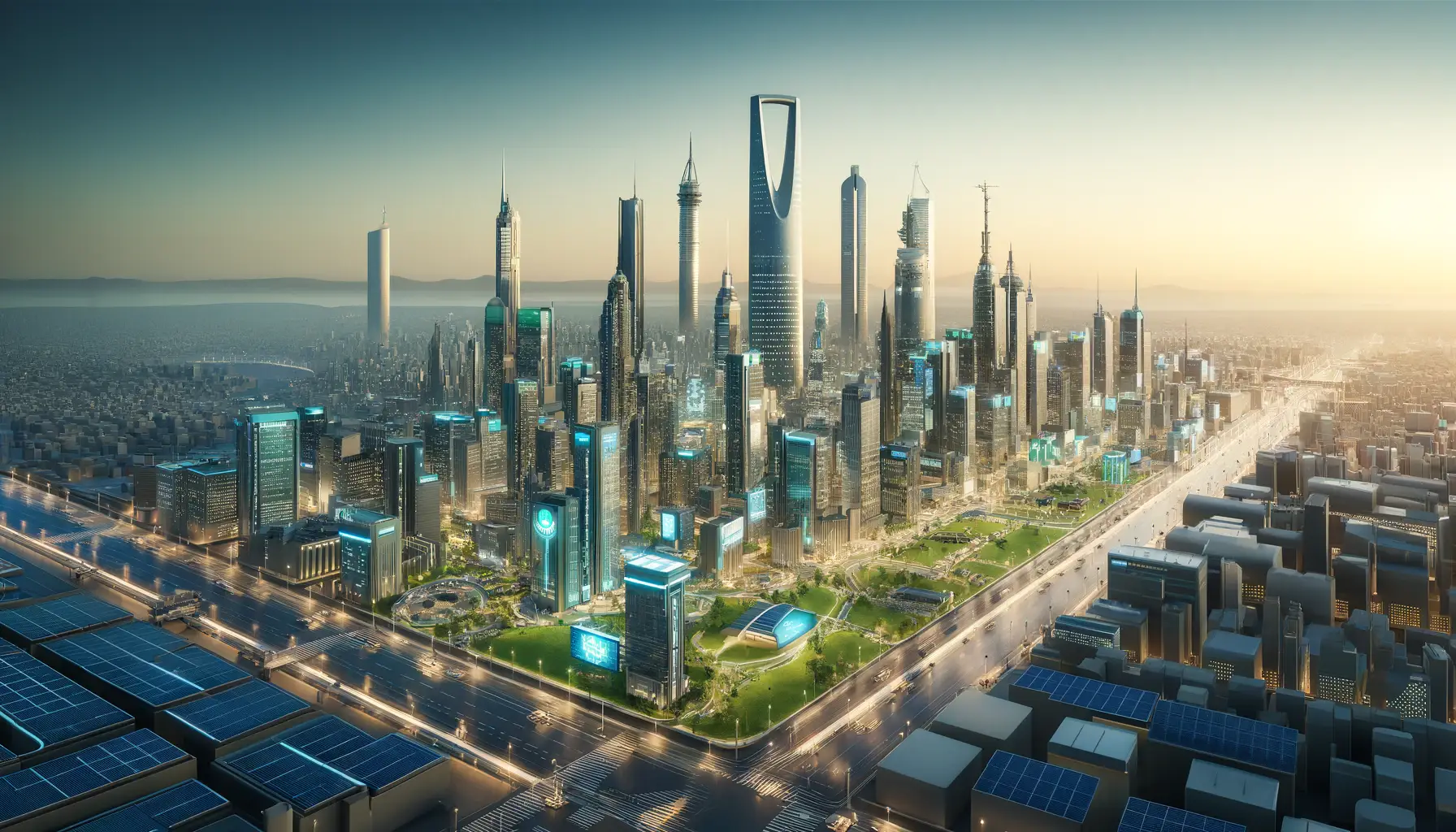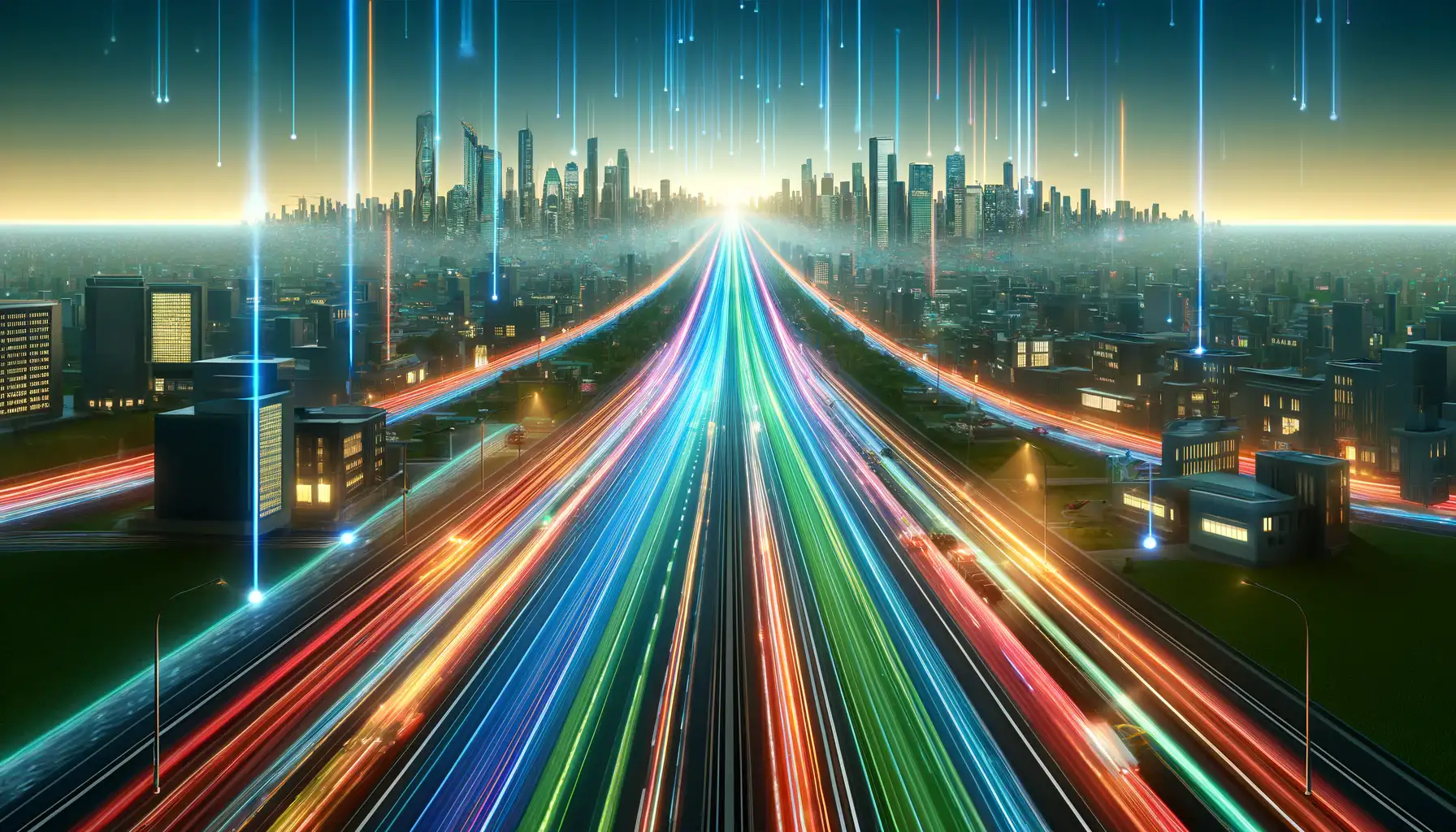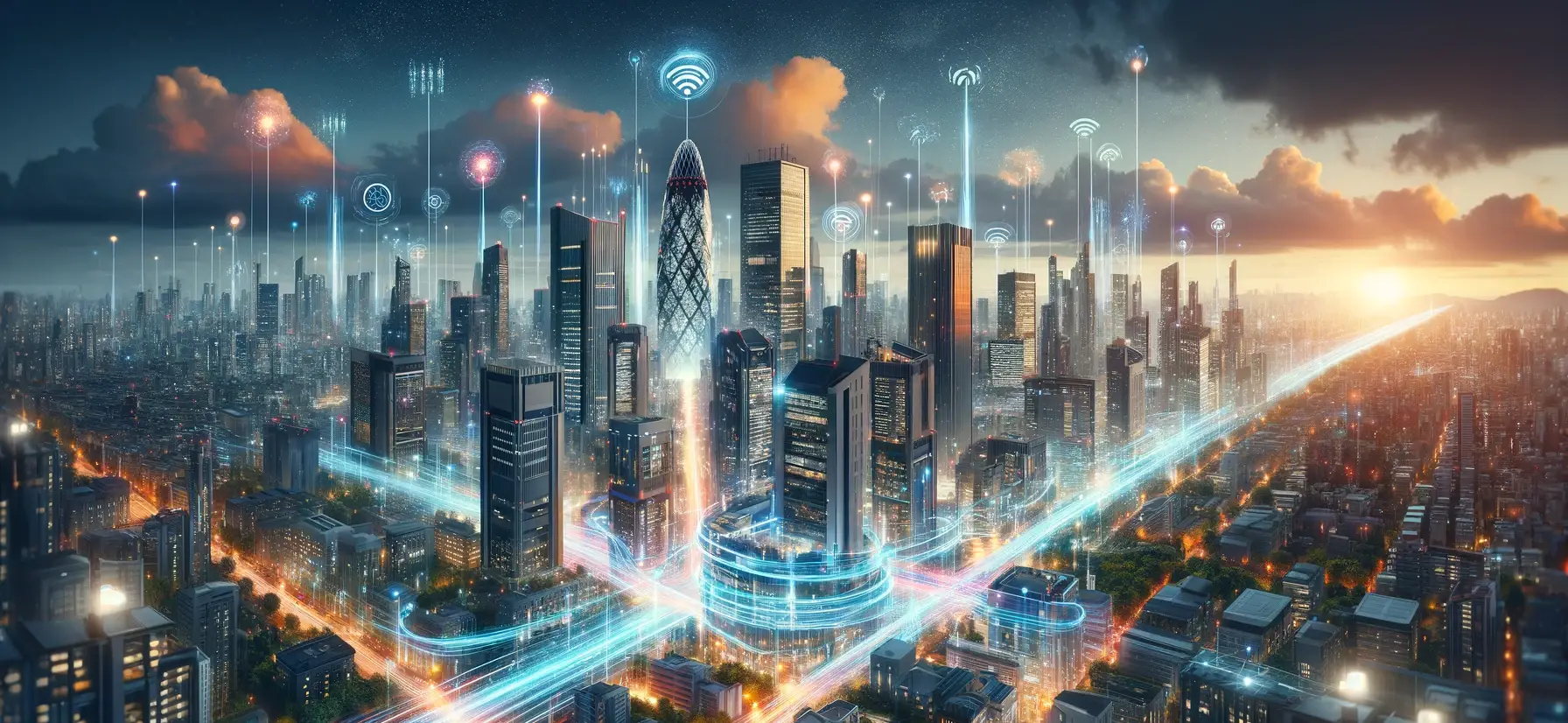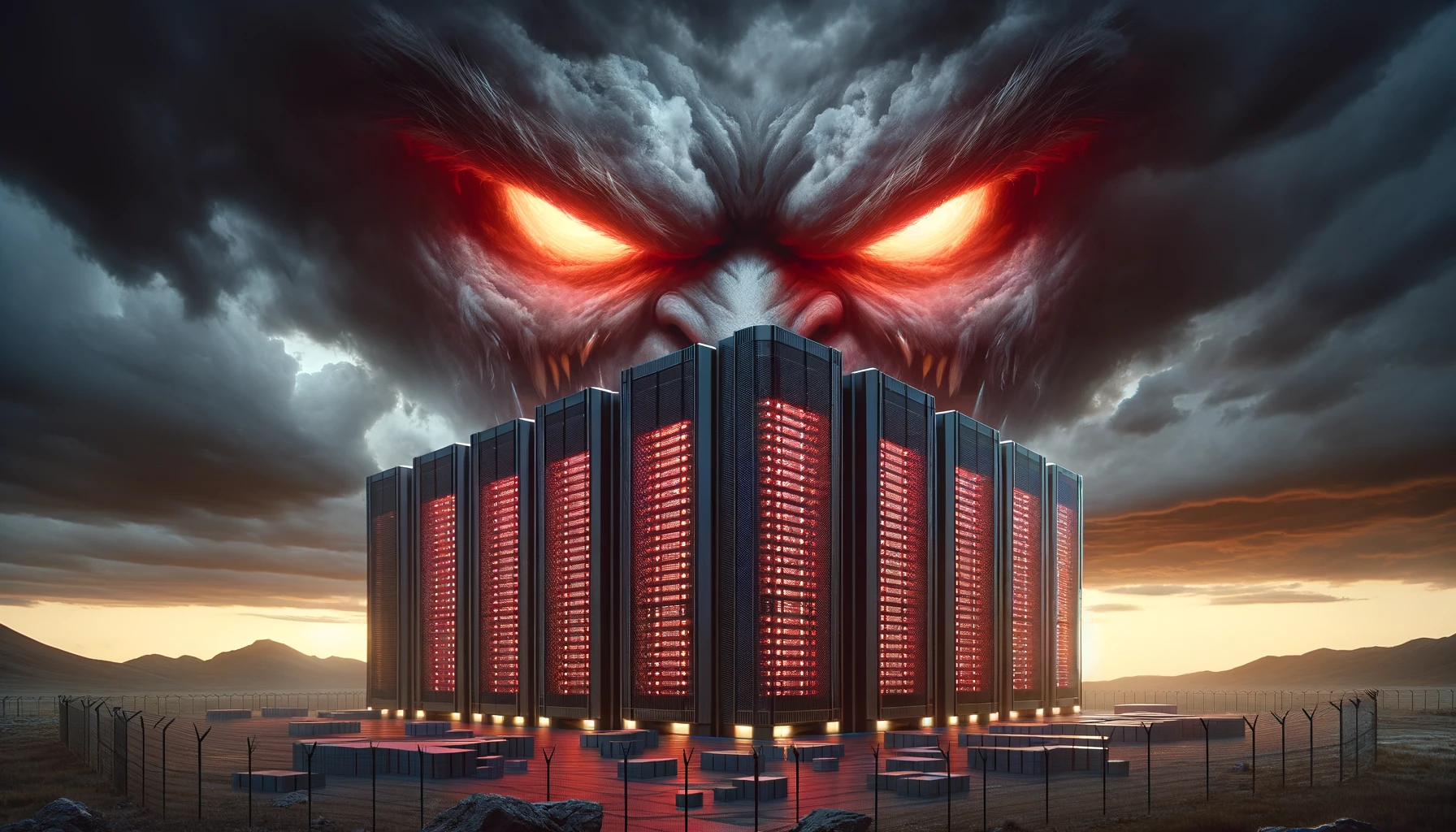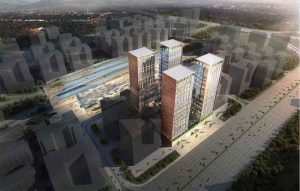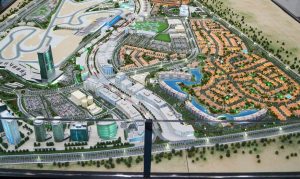On-Site Power Generation for Data Centers: Enhancing Reliability and Sustainability
In the digital age, data centers are the backbone of the modern economy, supporting a vast array of services and applications that individuals and businesses rely on daily. As the demand for data processing and storage continues to surge, the need for reliable and sustainable power sources for data centers becomes increasingly critical. On-site power generation has emerged as a viable solution to address these challenges, offering enhanced reliability, resilience, and environmental sustainability.
The Need for On-Site Power Generation
Data centers are highly energy-intensive facilities that require a constant and uninterrupted power supply to ensure seamless operations. Any disruption in power supply can lead to downtime, data loss, and significant financial losses for businesses. Traditionally, data centers have relied on grid power as their primary source of electricity. However, dependence on the grid exposes data centers to the risk of power outages caused by grid failures, natural disasters, or other unforeseen events.
Moreover, the environmental impact of data centers cannot be overlooked. The exponential growth of data traffic has contributed to rising energy consumption and carbon emissions associated with operating these facilities. As concerns about climate change and environmental sustainability escalate, data center operators are under increasing pressure to adopt cleaner and more sustainable energy sources.
Benefits of On-Site Power Generation
On-site power generation offers several advantages over traditional grid-based electricity supply for data centers:
1. Enhanced Reliability and Resilience: On-site power generation systems, such as diesel generators, natural gas turbines, or renewable energy installations like solar panels and wind turbines, provide data centers with a decentralized and self-sufficient source of electricity. This reduces reliance on the grid and minimizes the risk of downtime due to grid outages or disruptions.
2. Improved Energy Efficiency: On-site power generation technologies can be integrated with energy-efficient systems and practices to optimize energy usage within data centers. Combined heat and power (CHP) systems, for example, capture waste heat generated during electricity production and utilize it for heating or cooling purposes, thereby increasing overall energy efficiency.
3. Cost Savings: While the initial investment in on-site power generation infrastructure may be substantial, it can lead to long-term cost savings for data center operators. By generating their own electricity, data centers can avoid peak demand charges, reduce transmission and distribution losses associated with grid electricity, and potentially qualify for incentives or tax credits for using renewable energy sources.
4. Environmental Sustainability: On-site power generation enables data centers to reduce their carbon footprint and mitigate environmental impacts associated with electricity consumption. Renewable energy technologies, such as solar, wind, and hydroelectric power, offer clean and sustainable alternatives to fossil fuel-based generation, helping data centers transition towards a more sustainable energy future.
5. Energy Independence: On-site power generation empowers data center operators to take control of their energy supply and become less vulnerable to fluctuations in energy prices or supply chain disruptions. This energy independence fosters greater operational stability and flexibility, allowing data centers to adapt to changing market conditions and regulatory requirements.
Key Considerations for Implementing On-Site Power Generation
While on-site power generation holds immense potential for data centers, several factors must be considered when planning and implementing these systems:
1. Site Selection and Resource Availability: The choice of on-site power generation technology depends on factors such as geographical location, climate, available resources (e.g., sunlight, wind, water), land availability, and local regulations. Data center operators must conduct thorough site assessments to determine the most suitable energy generation options for their specific needs.
2. Scalability and Redundancy: Data centers require scalable and redundant power generation solutions to accommodate growing capacity requirements and ensure continuous operations. Redundancy measures, such as backup generators or hybrid renewable energy systems, are essential to mitigate the risk of power failures and maintain high levels of reliability.
3. Integration with Energy Management Systems: On-site power generation systems should be seamlessly integrated with advanced energy management and monitoring systems to optimize performance, track energy consumption patterns, and identify opportunities for efficiency improvements. Automation and predictive analytics can enhance the operational efficiency of data center infrastructure and optimize energy usage in real-time.
4. Regulatory Compliance and Permitting: Data center operators must navigate complex regulatory frameworks and obtain necessary permits and approvals for deploying on-site power generation facilities. Compliance with environmental regulations, building codes, safety standards, and grid interconnection requirements is essential to ensure legal and regulatory compliance.
5. Lifecycle Costs and Environmental Impact: When evaluating the economic feasibility of on-site power generation projects, data center operators must consider not only the initial capital costs but also the long-term operational expenses, maintenance requirements, and environmental impacts associated with different energy generation technologies. Life cycle assessments (LCAs) can help assess the environmental footprint and sustainability of on-site power generation options over their entire lifecycle.
Conclusion
On-site power generation represents a paradigm shift in the way data centers source and consume electricity, offering a path towards greater reliability, sustainability, and resilience. By harnessing a diverse range of energy sources, integrating advanced technologies, and embracing best practices in energy management, data center operators can reduce their environmental impact, enhance operational efficiency, and ensure uninterrupted service delivery in an increasingly digitized world. As the demand for data continues to grow, the adoption of on-site power generation will play a crucial role in shaping the future of data center infrastructure and driving the transition towards a more sustainable energy economy.



